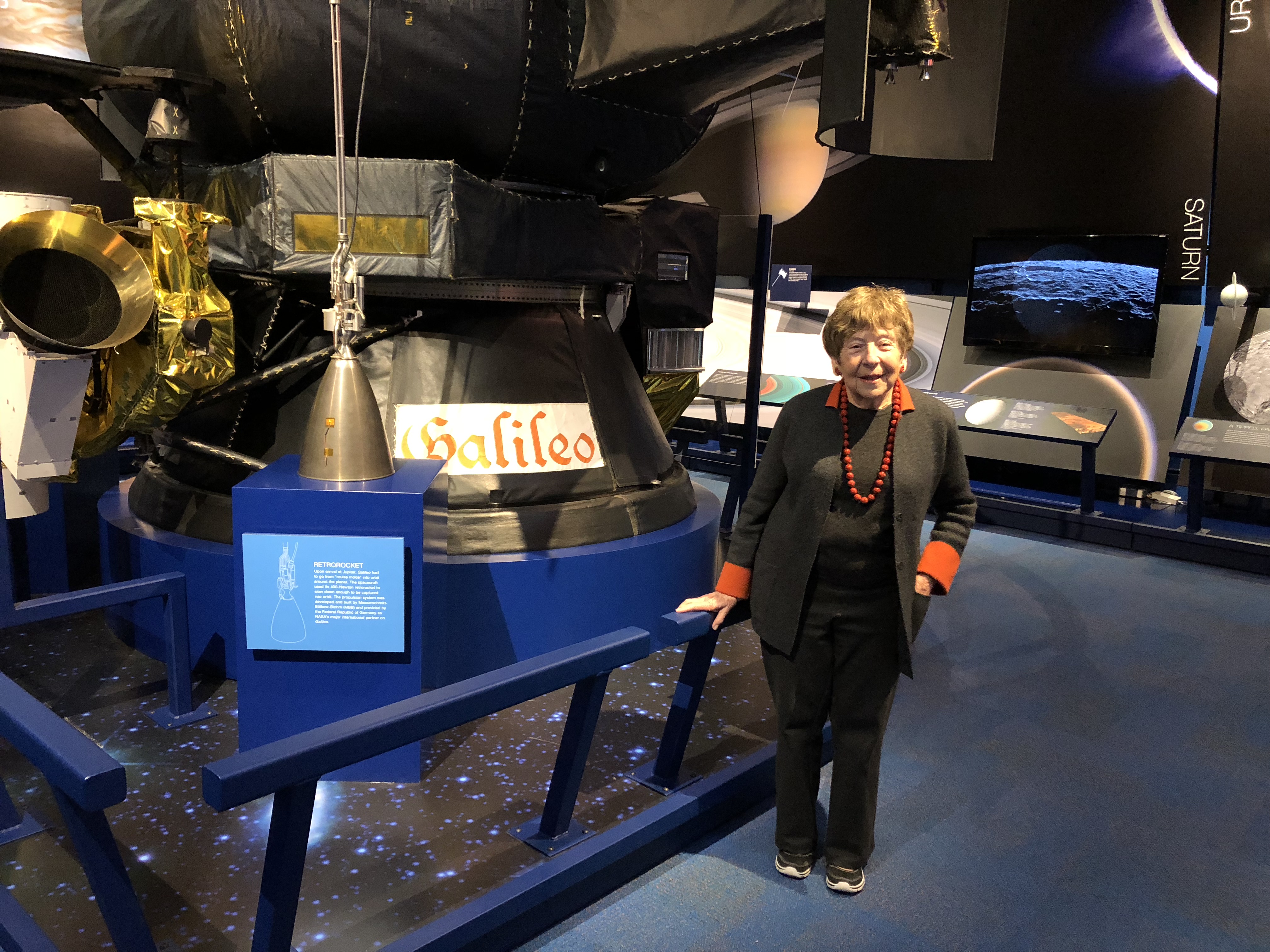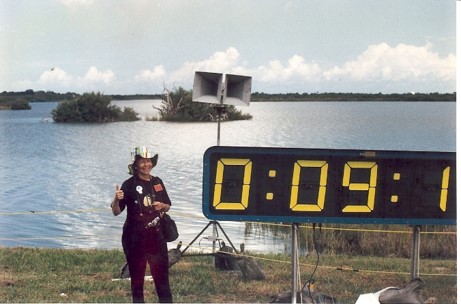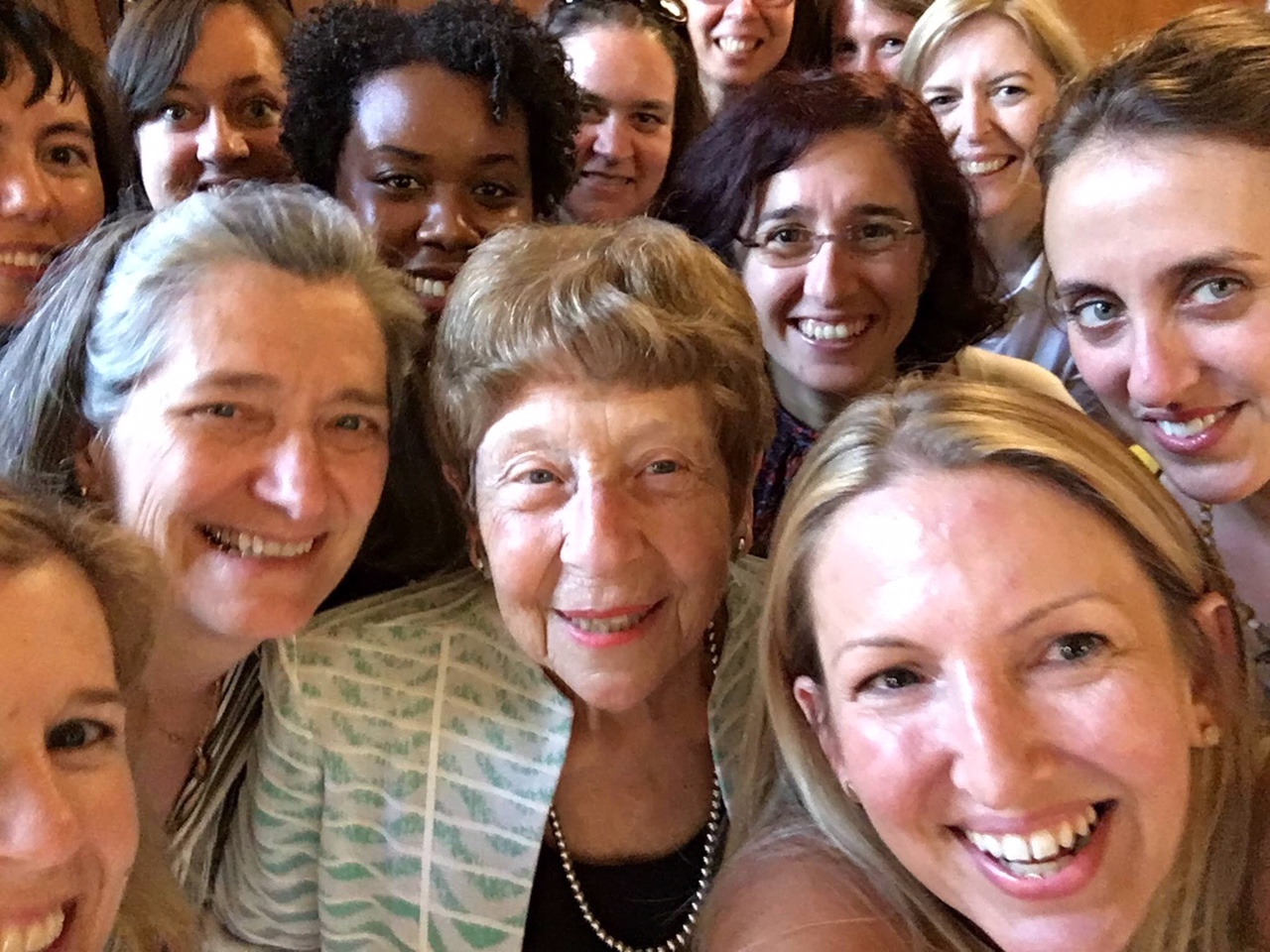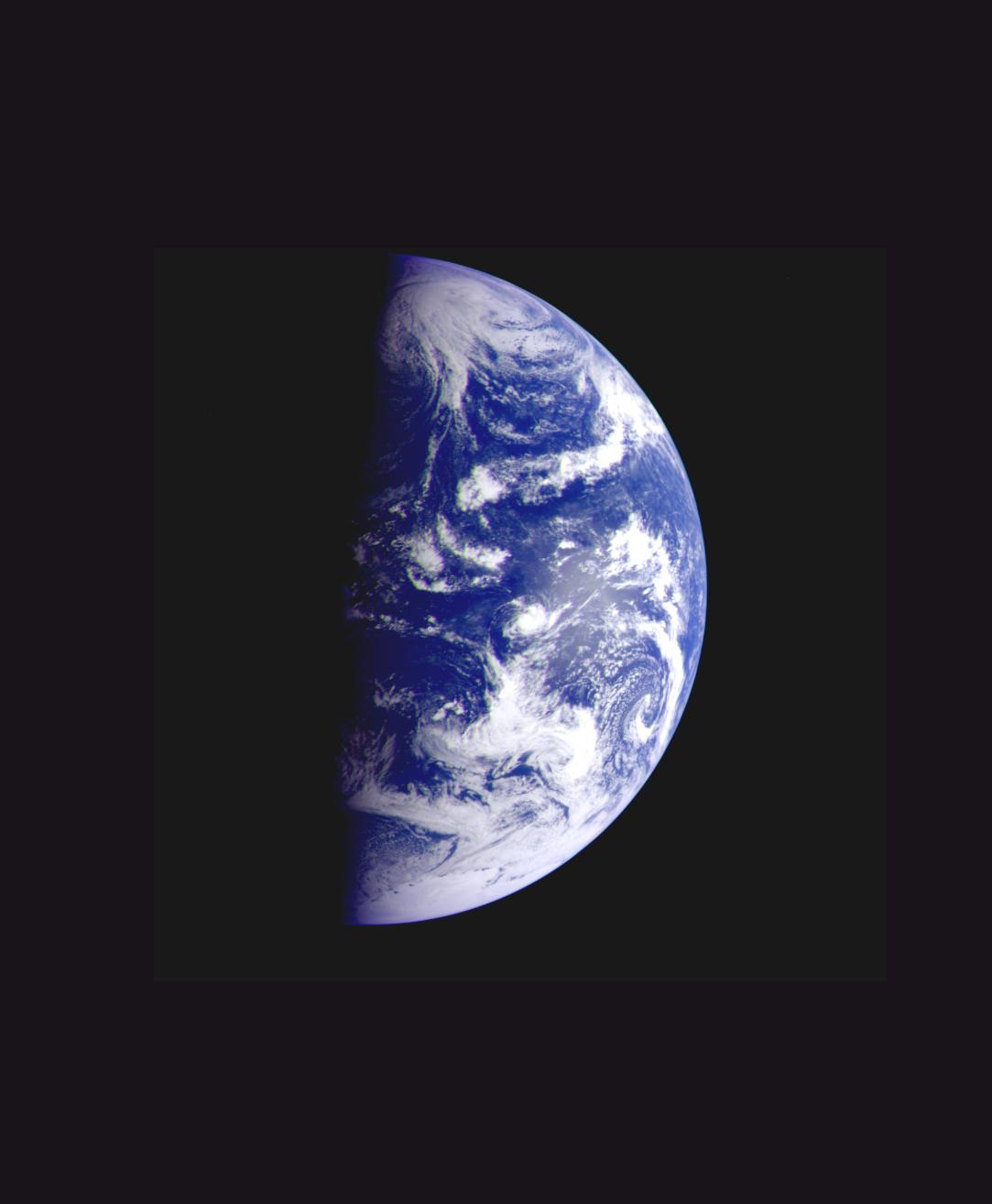
Margaret Kivelson
Scientist
I grew up in New York City, in Manhattan.
My mother became a math teacher after I left home, but she had a lot of background in math and physics, and my father was a physician, with a great interest in physics.
Not at all. The thing I remember was that there was a slide rule in my mother’s desk and I knew that had something to do with physics, and it looked very interesting. I probably learned about the names of the planets already in grade school, but, remember, I started before there were any spacecraft!
I majored in physics, but my degree was in an area called quantum electrodynamics -- the high energy physics theory of today. Nothing I studied was space, nothing was spacecraft, nothing was magnetic fields.
No, I would say as an undergraduate it was something like 1 in 40, and as a graduate student it was something like 1 in 60, and post-Ph.D. it was even lower.
I knew it was unusual, and I would have loved to have had more women in my classes, but I had really wonderful colleagues in graduate school and lots of close friends among the men, so I didn’t feel unhappy about it. The difference was, I stood out and so people noticed me. I find it amusing that to this day, there are people who were in my graduate school cohort who remember the grades I got in different classes. I don’t remember them, but they do.
I came here to UCLA (in 1967) to work on space physics without knowing very much about it, but it was the early days in the field, so the amount of background that one needed was not as extensive as it is today. I caught up pretty quickly and I decided this was a wonderful area to be in because there was so much not understood. It was so exciting to be involved from the very start, learning about how magnetic fields and plasmas in space interacted, and the dynamics of the systems they were exploring.

By the early 70s I was working on some missions in Earth orbit, particularly OGO-5 and then later ISEE-1 and 2. One of the faculty members here at UCLA, Paul Coleman, was part of the magnetometer team on the Pioneer 10 and 11 spacecraft. He invited me to take over the responsibilities of the UCLA contributions. I jumped at that opportunity. It was pretty early on – it was 1973 or 74, I began to work on data from Jupiter.
When the opportunity came to propose to the magnetometer on Galileo, I was the person in the group who was most connected with Jupiter. I led the proposal to put the magnetometer on the Galileo spacecraft and we were chosen. I became principal investigator of the magnetometer.
The biggest surprises of course were finding a planetary magnetic field at Jupiter’s moon Ganymede and then finding evidence of a global scale ocean on Europa. That was at a time when nobody was aware that there might be liquid water (on these moons). People had talked about it but there was no evidence of water in a liquid state on any of the moons of Jupiter or Saturn at that time. That was really a very exciting discovery.
Since then we’ve discovered that Enceladus has an ocean. We also have pretty good evidence, but not quite so compelling, that there’s an ocean at Ganymede and possibility even one at Callisto.
I would say it was, but we didn’t have events like the ones that the Cassini program put together (for the “grand finale” in 2017). Having everyone together (at Caltech) for that dramatic end was really very, very moving and very gratifying for people who had been working together for so long to have a chance to get together and appreciate all that been accomplished. We never had anything like that for Galileo. So it was just making note of the time it would have gone into the cloud tops of Jupiter, and realizing that an important piece of my life had come to an end.
Since Galileo came to an end in 2003, I got involved with the magnetometer team with the Cassini mission and I’ve been doing a lot of work on Saturn and its magnetosphere and its mysterious periodicities.
Then, of course, I’m part of the Europa Clipper team. I’ve been thinking a lot about how we can get good data when Clipper gets into orbit around Jupiter.
It sort of crept up on us. We knew there were parts of the data that we had never really been able to understand. Then, we were very interested when several different groups analyzing Hubble images of Europa decided they could account for some glow off the limb if there were a water vapor plume jetting out from the surface. That seemed like something we ought to be keeping in mind.
At one of the Europa Clipper team meetings, Melissa McGrath got up and said she had been re-examining measurements that had been made on ions just above the surface of Europa, and on this particular Galileo pass their density had been exceptionally high. I decided to go back and look at our magnetometer data again, and noticed that one of the things we had never explained was a big twist in the magnetic field as we passed very close to Europa. That was just the kind of twist one would expect to encounter if there was a plume of material that included some freshly ionized material.
It just looked right. It had the right timescale, and the right kinds of twists of the field. My colleague, Xianzhe Jia, a space physicist at the University of Michigan, in Ann Arbor, has terrific skills at doing numerical calculations of systems like the interaction at Europa. He ran some computer simulations in which he put plumes in different places on Europa’s surface. He found if he put a plume near where we saw this signature, and gave it a little bit of bend relative to the vertical, that he got a signature in the magnetic field that looked just like what we were trying to explain.
At that point we decided that was pretty compelling, and we wrote it up.
We also saw that the data that had been collected to give the electron density also seemed to be doing just what it ought to do if the spacecraft had gone through a plume, so that was extra confirmation.
Since 1997.
These plumes, compared to the scale of Europa, are quite small. What was going to make something vary on scale size of hundreds of kilometers? We just couldn’t figure it out.
In the interim people discovered jets coming out of Enceladus, so that made it suddenly seem plausible to think about a localized jet of water vapor. In 1997, it would have been quite a leap to have thought of it. We didn’t know what we ought to be thinking about.
It’s not implausible. I think we’re a long way from being able to show it, to make the tests to determine whether it’s happened or not. I think it’s the sensible first place to look.
I married while still in college and at every stage of my career, my wonderful husband, Daniel Kivelson, gave me support and encouragement that kept me going. Today, my children are both academics. My daughter is a professor of history at the University of Michigan, and my son is a professor of physics at Stanford. My husband was a professor of chemistry here at UCLA, so the whole family are academics.
I’m very interested in textiles. I like tribal rugs in particular. I collect them and I go around the world looking at museums to see rugs. I belong to a textile group here in Los Angeles.

I’ve been more focused on the issue of recruiting women for faculty positions in all fields, not just science. Science is one of the places where the progress has been slow, but when I came to the university, the fraction of women on the faculty was extraordinarily small. It was really trying to make sure that women were given opportunities to become faculty members, to go into leadership positions, to be fairly advanced through the system, to be paid in amounts equal to the men. I dealt with the problem on a larger scale than just scientific disciplines.
They need to find something that they find exciting. Don’t listen to other people and let them tell you what they should be excited about. Follow what you are excited about. And, study math. For many people it’s not an easy subject, but it’s a very critical element of being able to understand and contribute to scientific endeavors. I think that’s pretty much true across the board in the science fields. If you bring a facility with mathematics to your studies, it opens perspectives that you can’t get in any other way.

I love the Galileo image of Earth from space. It was taken during the Galileo flyby of Earth. It was not the first image of Earth from space, but it was one of the most detailed. That it was taken from taken from the spacecraft that I was working on made it all the more appealing to me.
Planetary science is a global profession.

